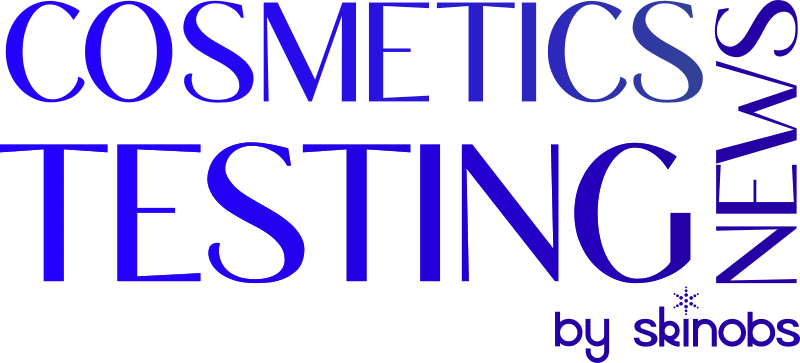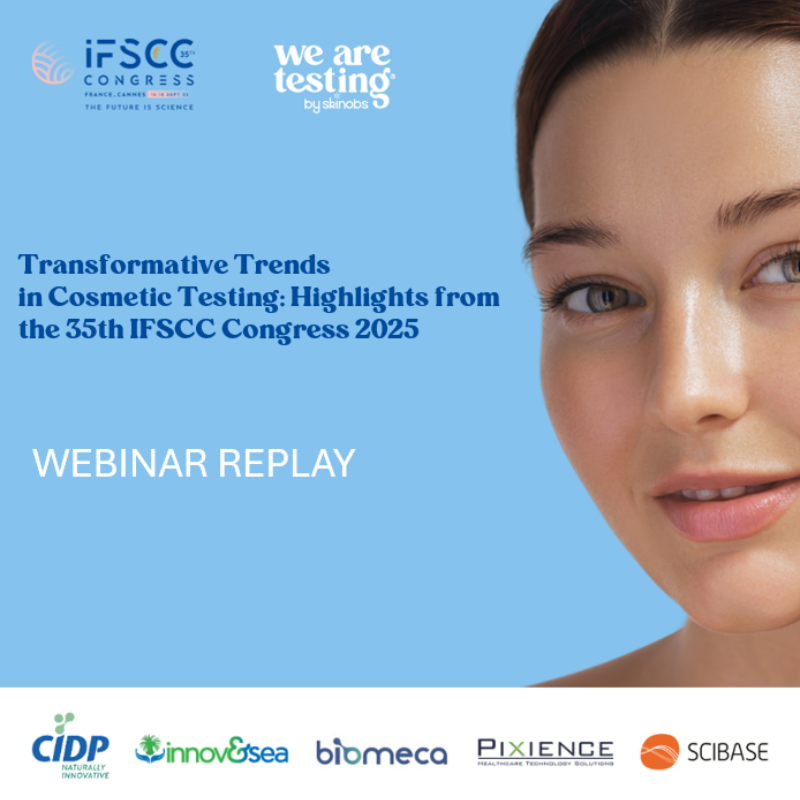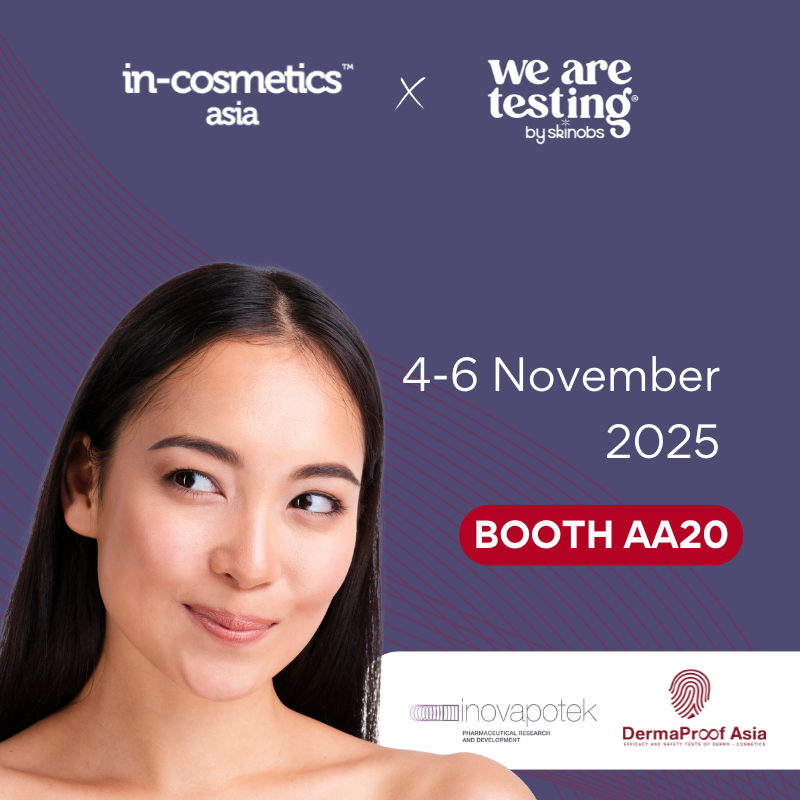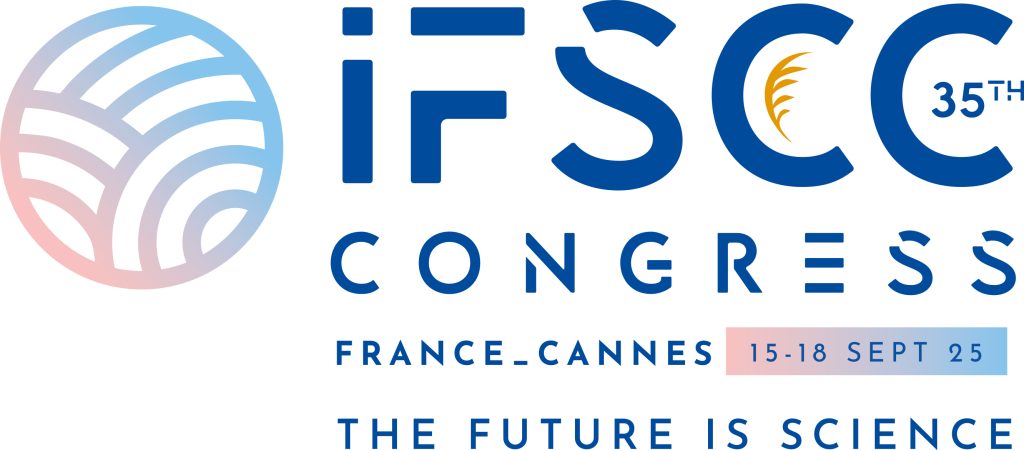
Transformative Trends in Cosmetic Testing: Highlights from the 35th IFSCC Congress 2025
Return of the IFSCC Congress in Cannes. At each congress, it is an opportunity to immerse myself in the world of cosmetic science. 3 days and 3 evenings to meet the scientists who weave and build the world of beauty, to exchange research results, and to build a 360° vision of what drives the world of evaluation, its trends and innovations.
The “Out of the Box” Keynotes captivated me, sometimes reassured me (Luc Julia and the AI), moved (Paul Matts) and inspired (Nina Jablonski) allowing me to open up the field of possibilities from cosmetic research to space exploration with this incredible round table with Space Research experts. I was really amazed!
Among the 730 posters, 300 focuse on testing have caught my attention, whether they are related to in-silico, in-vitro, ex-vivo or in vivo tests. It was a real challenge to travel through the congress between the 68 podiums, the exhibitor areas and the poster rooms. Because I’m not much of a physiognomist, it was also a great challenge to recognize the familiar faces among the 1600 participants. The importance of Asian representation was obvious, as an illustration of what is simply happening in the beauty industry and in which Asia (China, Korea and Japan) takes a very special place. Europe was also at the heart of this world of research. NYSCC as a sponsor has honorably represented the American industry. It was a real pleasure to meet the South Americans represented by the main private and academic players.
After these 3 intense days, I enriched my knowledge of the field of evaluation in many ways, listening to inspiring conferences, discovering posters with innovative content and exchanging with many players in the sector. It was a privilege to co-author and present, alongside Pascale Barlier and Jean-Jacques Servant, our poster on mobile diagnostic devices [Poster-176]. It was a friendly and serious way of looking at the future of cosmetics testing. Thank you to LVMH Perfumes & Cosmetics and Lancôme for the wonderful evenings they supported and to the incredible Korean singer for sharing this part of Humanity that is so essential to our work. I will stay ahead of the curve for the cosmetic testing world!
I had the pleasure of presenting my testing insights and Cannes “discoveries” during the webinar that Skinobs organized last week, giving the floor to INNOV&SEA Pixience, CIDP, SciBase and BioMeca®.
A huge thank you to the French team of the IFSCC congress, president Christine Lafforgue, vice-president Isabelle Castiel-Higounenc and the organization & scientific committee, Marc Pissavini, Christophe PAILLET Feuilloley Marc, Dr Nico Forraz, François VIOT, Soazick Barnes, Richard Leroux who organized a magnificent congress at the prestigious Palais des Festivals.
You can find the replay soon on Skinobs’ youtube channel: https://youtu.be/v0-GL4H998c
We were excited to invite you to an exclusive webinar on “Best of Testing Trends,” where we dived into the latest innovation and insights from IFSCC Congress 2025. Anne Charpentier presented how the testing field is evolving in Europe and what are the main testing trends and what are the testing solutions offered by instrumentation makers and CROs.
Summary keynote
The 35th IFSCC Congress (Cannes, September 15–18, 2025) revealed a scientific and consumer-driven revolution in cosmetic testing, emphasizing holistic skin health, sustainability, and AI-powered personalization. With 68 podium presentations and 377 testing-focused posters, the congress highlighted well-aging, microbiome research, exposome dynamics, and neuroscience as dominant themes, replacing traditional anti-aging paradigms with resilience, regeneration, and microbial balance.
Longevity and well-aging now prioritize multi-factorial aging processes, leveraging biomarkers and omics (genomics, proteomics, metabolomics) to assess long-term skin health. AI-driven diagnostics, 3D imaging, and microbiome profiling enable hyper-personalized skincare, integrating consumer data with predictive algorithms for tailored formulations. In-silico simulations ensure efficacy, safety, and regulatory compliance across diverse ingredients, while neurocosmetics target dopamine, oxytocin, and endorphins, merging physiological and psychological endpoints.
Methodological advancements include in-vitro, ex-vivo, and organ-on-chip models with vascular and neuronal components, alongside AI-supported in-silico approaches for predictive toxicology. New ISO SPF standards (ISO 2375 and ISO 23698) provide ethical, reproducible alternatives to human testing. Emerging “low signals”—such as fascia biology, nail health, and space-exploration impacts—signal future frontiers, while at-home diagnostic devices (smart mirrors, AI probes) democratize real-time skin analysis.
Regional trends reveal Europe’s focus on microbiome and clean beauty, contrasted with Asia and North America’s emphasis on longevity and inclusivity. Local climatic and cultural factors demand adaptive, cross-population testing protocols.
In conclusion, the congress underscored a paradigm shift toward ethical, AI-augmented, and sustainable cosmetic evaluation, aligning scientific rigor with consumer well-being and environmental responsibility. This evolution sets a new standard for precision, inclusivity, and innovation in cosmetic science.
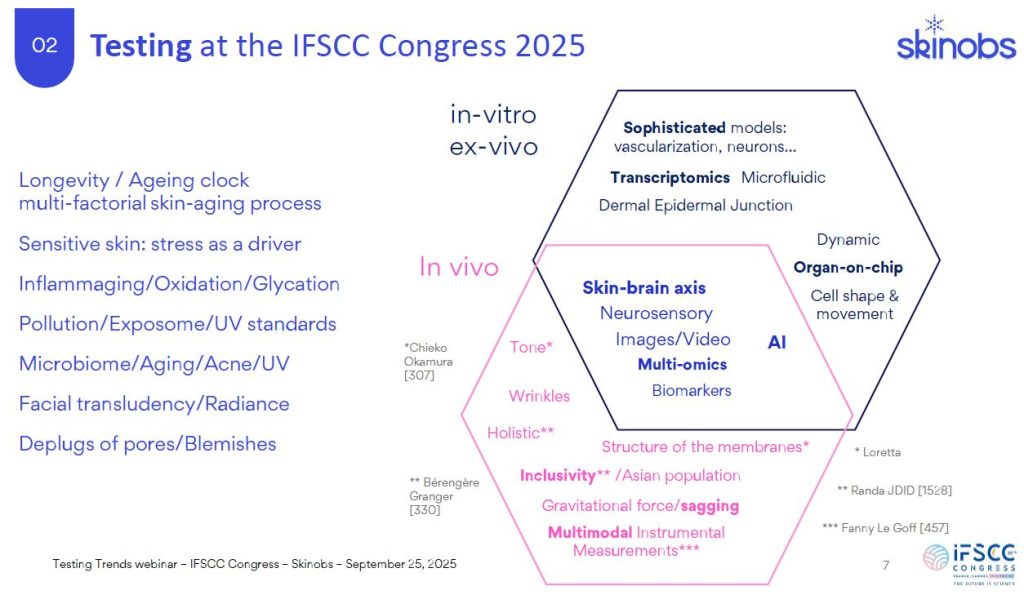
The speakers for this unique webinar
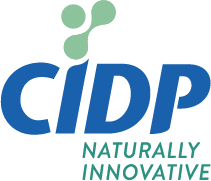
Founded in 2004, CIDP is a CRO offering comprehensive services to the cosmetics industry that range from preclinical (in vitro and ex-vivo) and clinical development phases, including biostatistiques, data management, regulatory affairs and scientific and medical writting. CIDP has subsidiaries around the world, in Bucharest (Romania), New Delhi (India) and Rio de Janeiro (Brazil), allowing the conduct of multi-ethnic panel studies. Composed of a diverse and highly qualified team, investigators, clinical research managers, statisticians, data managers, medical writers… CIDP offers innovative and tailormade solutions to meet the needs of the industry. All their subsidiaries are ISO 9001:2015 certified and their Romanian center has obtained CIR (Crédit Impôt Recherche) accreditation from the French government.
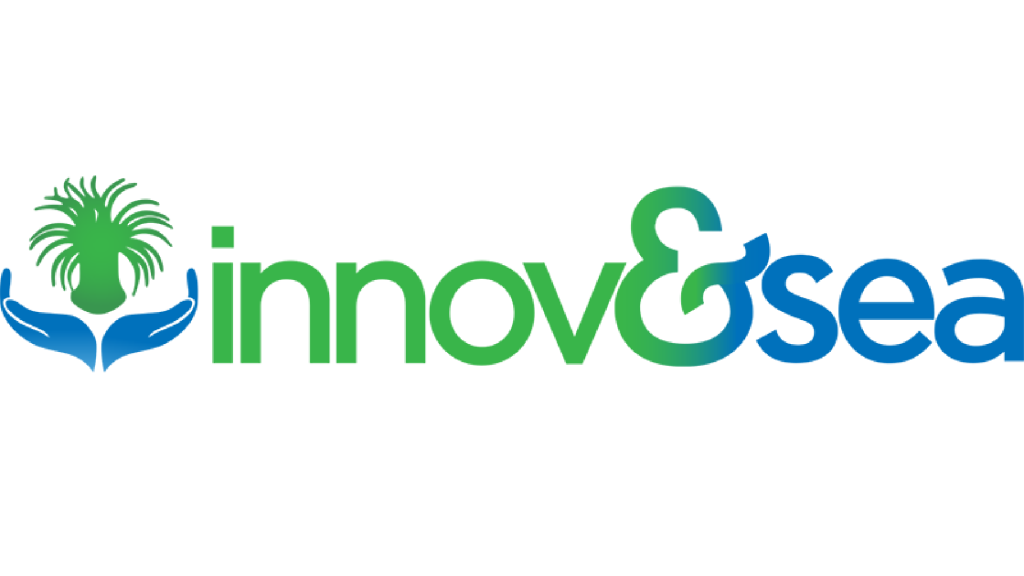
INNOV&SEA help companies from the cosmetic industry having an eco-responsible approach, to address the growing consumer demand for sunscreen products with minimal impact on marine ecosystems. Based in Nice, the laboratory proposes to evaluate the impact of finished products or raw materials on the marine biotic environment, without harming the marine biodiversity, thanks to a unique in vitro ecotoxicity test based on cell cultures of a marine organism recognized as an indicator of coastal ecosystems.

Their device measures the biomechanical properties of the skin in real time to help optimize the performance of cosmetic treatments and evaluate the efficacy of pharmaceutical products. Tension, firmness, elasticity: Easystiff is an innovative device that measures the biomechanical properties of the skin in vivo. With a simple tap, its sensors assess the resistance and biomechanical values of each skin compartment and display them on a computer screen in real time. From the stratum corneum to the hypodermis, the skin will hold no more secrets.

Promote all your results with the most versatile system for clinical studies. Pixience is the French leader of digital dermoscopy, working closely with dermatologists to create innovative and superior imaging tools. Our instruments are favored by the majority of top-tier cosmetic laboratories, CRO and universities who recognize their quality for the observation and analysis of skin and hair.

Scibase is the developer and producer of Nevisence, the first-ever clinical tool to diagnose skin disorders using electrical impedance spectrometry (EIS). Nevisense is FDA-approved and CE-marked for skin cancer detection and is published in over 80 research projects globally across a range of skin disorders. SciBase was founded in 1998 from the Karolinska Institute in Stockholm, Sweden, and has become a rapidly-growing leader in the skin research field.
